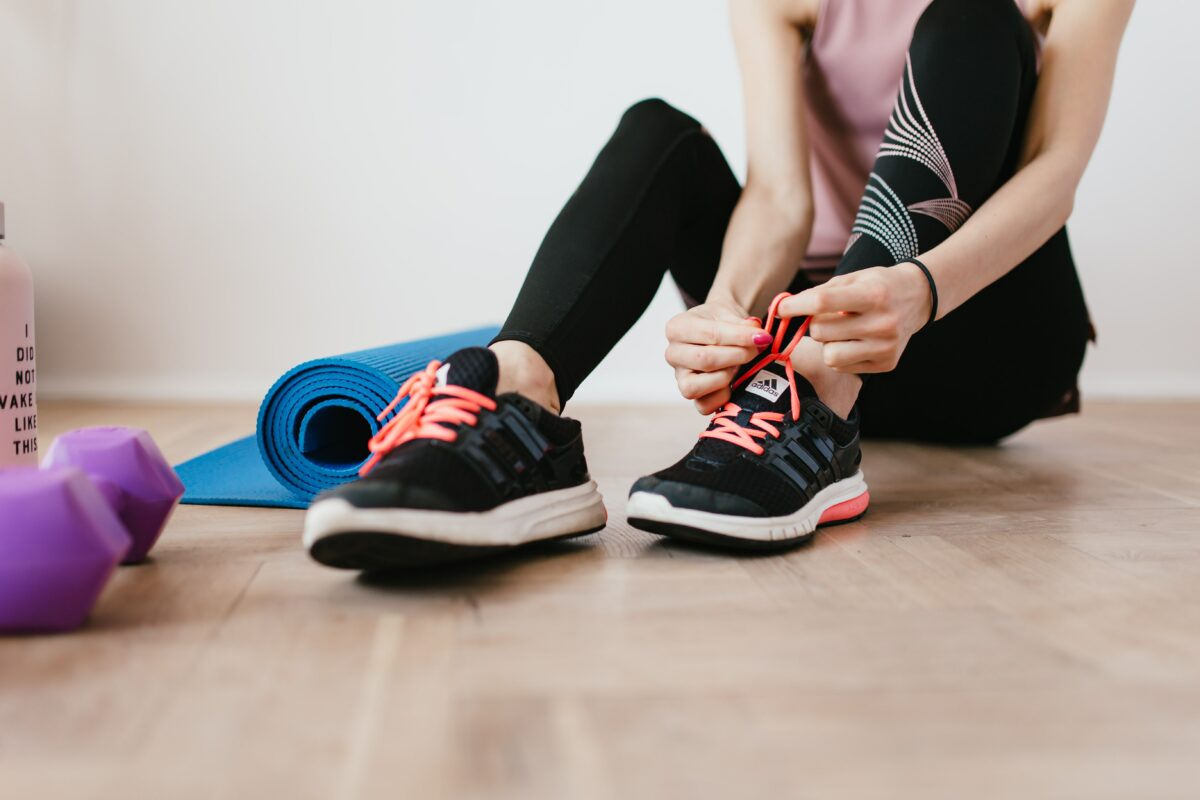Physical activity is defined as any bodily movement produced by the contraction of muscles (American College of Sports Medicine). Exercise is defined as planned, structured physical activity. Both physical activity and exercise have been shown to improve fitness, help with weight status, and increase quality and quantity of life! During pregnancy, both have been shown to improve health for you and for your baby! Whether it is physical activity during your daily routine or planned exercise, finding ways to achieve 150 minutes of activity per week during pregnancy (and during postpartum) is very important!
The 150 minutes a week is recommended by both doctors and exercise experts. This a total of less than 2% of the total minutes in an entire week! While this number may seem intimidating at first, there are so many ways to get there! You can take a walk for 10 min in the morning and 10min in the evening. If you did this every day, you would already be at 140 minutes! If you want higher intensity and/or longer duration, you could simply do a 30-minute workout 5 days a week. The 150 min can be any combination of planned, structured activity (example: using one of the workouts in BumptUp) and movement throughout the day (example: you have to walk 8 minutes to get to your car after work). If you have older children, you probably spend a lot of time each day chasing and/or carrying them! This counts as physical activity! If you work all day long, consider having a meeting or two while walking. This can be a great strategy to knocking out two birds with one stone! We recommend finding a friend to include in your planned activities to help keep you accountable but also to make it fun! BumptUp is here to help you find fun and practical ways to get and stay active. 150 minutes per week- YOU GOT THIS!
Physical Activity and Exercise During Pregnancy and the Postpartum Period: ACOG Committee Opinion, Number 804. Obstet Gynecol. 2020;135(4):e178-e188.
© WKU {2022} All rights reserved.
